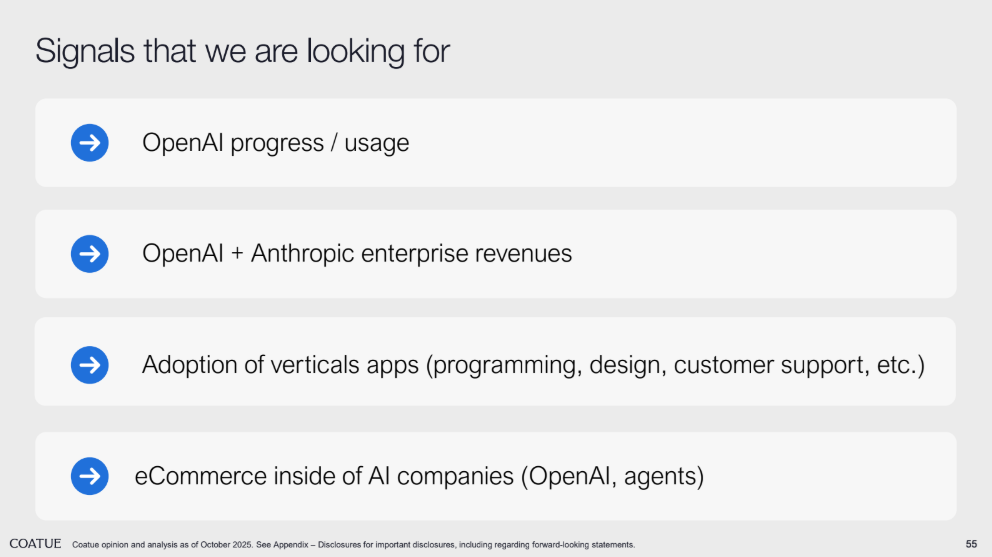
On the day Nvidia (NVDA US) is set to reach a Market Cap of $ 5.0 trillion (its stock at $ 206 per share), the first company to ever reach that milestone, I thought I would re-visit the discussion we had in our morning meeting yesterday around the similarities of the current period with the late 1990s– replace Greenspan with Powell and the perfect soft landing with a rate cut cycle after a swift hiking cycle over 18 months, and replace the Internet revolution with AI with the massive associated infrastructure build-out (telco fiber rollout then, GPU -based AI datacenters now).
I concluded by asking whether we are currently in 1996 or 1999 , overarching that time -period to now – see below (despite Greenspan signalling “irrational exuberance in Q3 1996, huge bull market between 1996 – March 2000). My take on this question was that we could still find ourselves in 1996 with further equity market gains ahead of us. This is relevant since the final melt-up phase in that bull market during 1999 saw the S&P 500 still generate a return of +24% until the ultimate cyclical on 23 March 2000. By the end of September 2000, the index had already fallen by -32%... It took the S&P 500 7 years to reclaim this cyclical high again.

In this new AI cycle, compute has become both the oxygen and the accelerant of this market. Every dollar of AI demand turns i nto a dollar for Nvidia, which in turn fuels more investment into modeltraining, which requires still more GPUs—a feedback loop of mutual monetization. This dynamic has created something closer to an industrial bubble than a speculative one. The capital isn’t scattered across a thousand dot - coms with no business model and no revenues as in the late 1990; it’s concentrated in a few mass ive bilateral relationships, with complex cross -investments that blur the line between genuine deployment and recycled capital.
When the wildfire (the next bear market) comes —when AI datacenter GPU demand normalizes or capital costs rise —the risk isn’t dozens of failed startups; it’s a temporary collapse in compute utilization. Nvidia’s stock will not burn to ash, but even a modest contraction in GPU orders could expose how dependent the entire ecosys tem has become on a few large buyers. But, at the same time, this AI wildfire may prove even more productive than its predecessors: the infrastructure being overbuilt today isn’t just fiber-optic cable lying dormant in the ground. It’s compute capacity — the fundamental resource constraining AI innovation right now. Today’s AI market is brutally supply-constrained. Startups can’t get the GPU allocations they need. Hyperscalers are rationing compute to their best customers. Research labs are queuing for months to train models. The bottleneck isn’t ideas or talent —it’s access to the machinery itself.
Let’s enjoy the current ride and our great performance in 2025 so far but also be wary of the interconnectedness & concentrat utilization over the next 18 – 36 months. As put well by Coatue recently:
